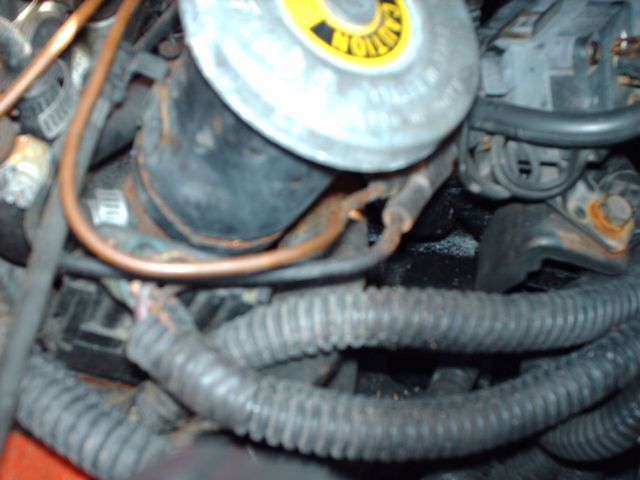
Would cause a numerical underflow (and hence taking the log of it

Where the probability of any single datapoint becomes so small that it Will have had their values set to the maximum allowed. The values of tau-squared in this file include theĬontributions from all data points, though those with high tau-squared Values are not near the edge of the parameter space you have searched. You should check this to ensure that your best-fitting parameter Grid.fit - The grid of tau-squared as a function of the parameters Posterior membership probability calculated. Outputsįitted.cat - All the data points that were actually used, with theĬolumns are added for the prior membership probability used and the
TOPCAT MANUAL HOW TO
Probabilities will be multiplied by this.įor further details of how to use membership probabilities see SectionĤ.1 and Appendix C of Bell, Mamajek & Naylor. The maximum probability to be used, and all your individual If you did provide membership probabilities, you will be prompted for Input file you will be prompted for the fraction of stars which are If the models use extinction tables, then you will be told theįinally, if you have not provided membership probabilities in the If the models are reddened using an extinction vector you will be prompted for the reddening to be applied. Match files which you created using monte), and the range in distance modulus to be searched. Next you are asked for the range of ages (of course these have to Those given in the file for the colour and magnitude. You are prompted for the extra uncertainty to be added in quadrature to You are prompted for the magnitudes and colours to use for fitting, if If you wish to use individual membership priors for each star, they the number of points isĭifferent for some models) you either need to trim your dataset, or If grid_npts shows this is not happening (i.e. Shows the number of data points which were within the model image forįor grid to work properly you need to have all the data on all the
TOPCAT MANUAL CODE
Tau-squared lies above the clipping threshold.Īfter running the code you should first look at grid_npts.fit, which The final tau-squared it gives you is after removing data points whose It then creates uncertainties in each magnitude, e.g. It assumes that the uncertainties you give for say V and B-V areĬorrelated, unless the uncertainties in colour are smaller than those It does this by a grid search in the parameter space. This takes a catalogue of observations in You are prompted for which colours you have, and which columns are which. Takes an ASCII file of one row for each star, with many columns ofĬolours, uncertainties and ID number and converts it to a clusterįormat file, which is appropriate for the remaining programs. Luminosity and temperature to magnitude and colour. Which does not stretch to the mass you want, or the conversions from If you sort the file on the third column (mass), and then examine the lastĬolumn (flag) you can get an idea of if it is (say) the model isochrone The latter is useful if the isochrone does not stretch as far in the 2D

Where the number is the base ten logarithm of the age in years)Īnd a list of the first 10,000 simulated stars (e.g. The output files consist of the 2D isochrones (e.g. You will be asked for a model number and the colour combination you want. This creates the 2D isochrone models required by grid using a You should use this before you do any fitting to get a feel for where the correct parameters lie, and if there are any obvious outliers. The basic use of the code involves running the following programs inĬreates a single-star isochrone which you can overlay on your data.


 0 kommentar(er)
0 kommentar(er)
